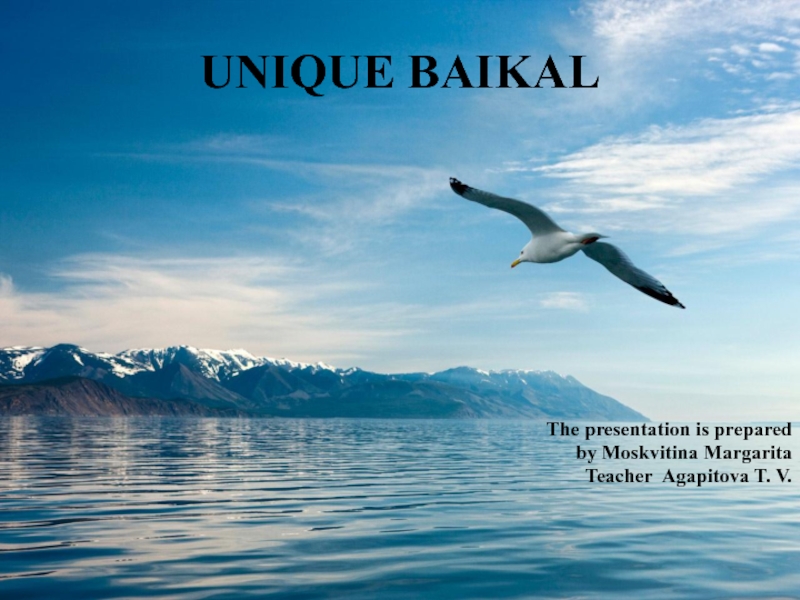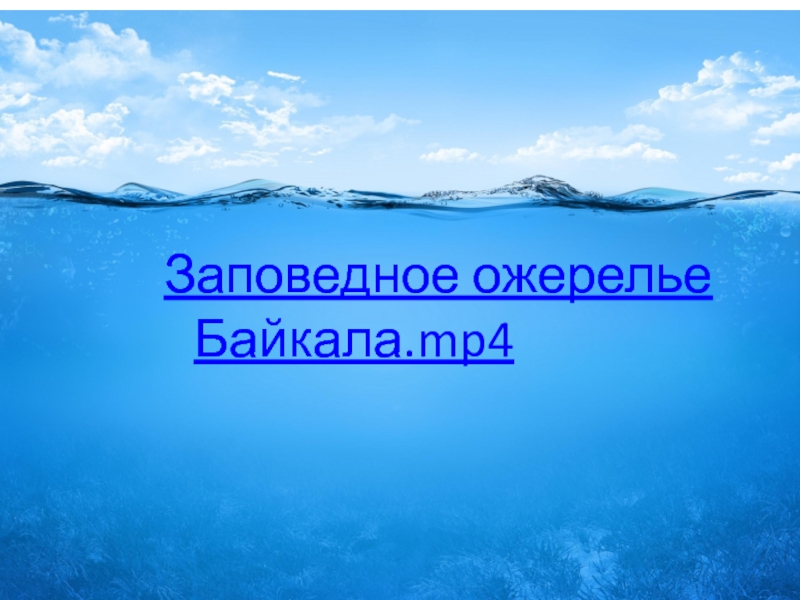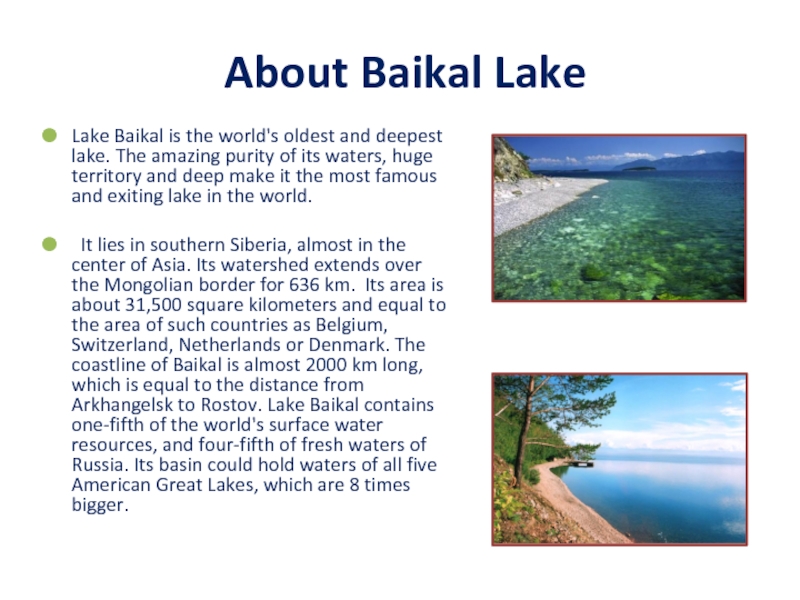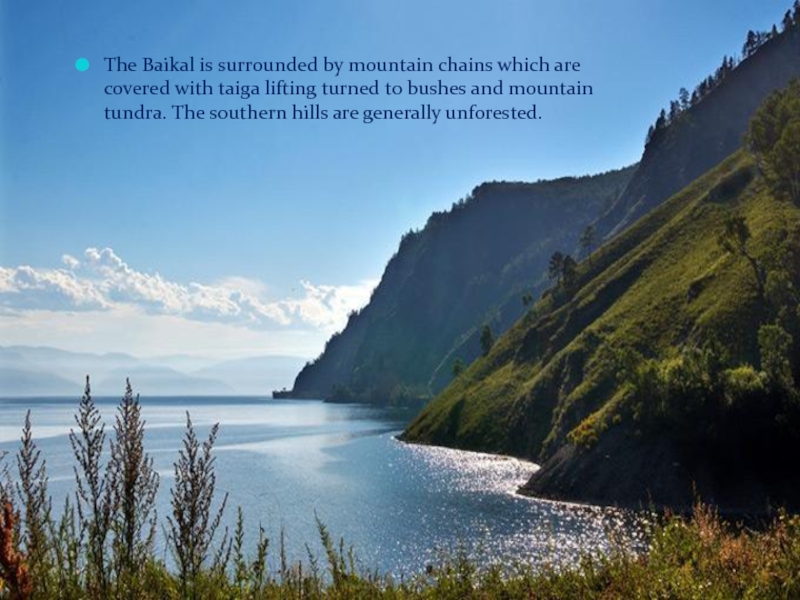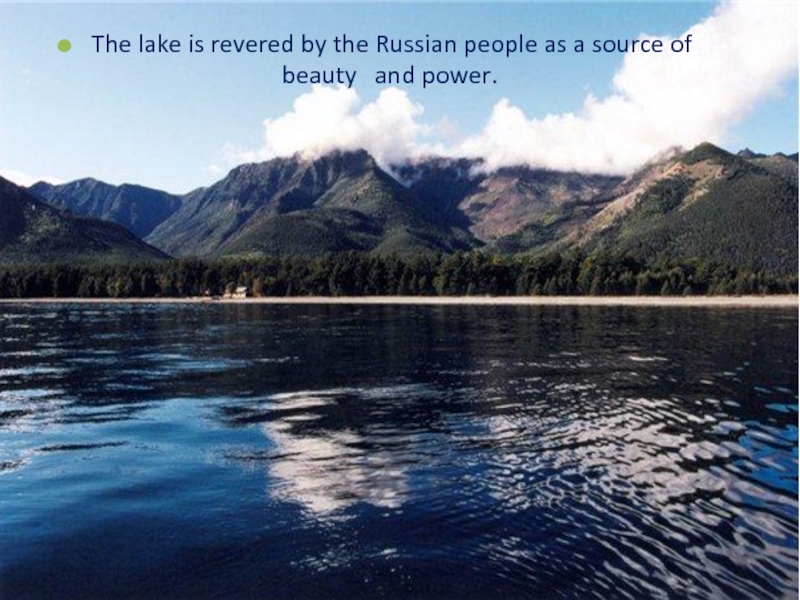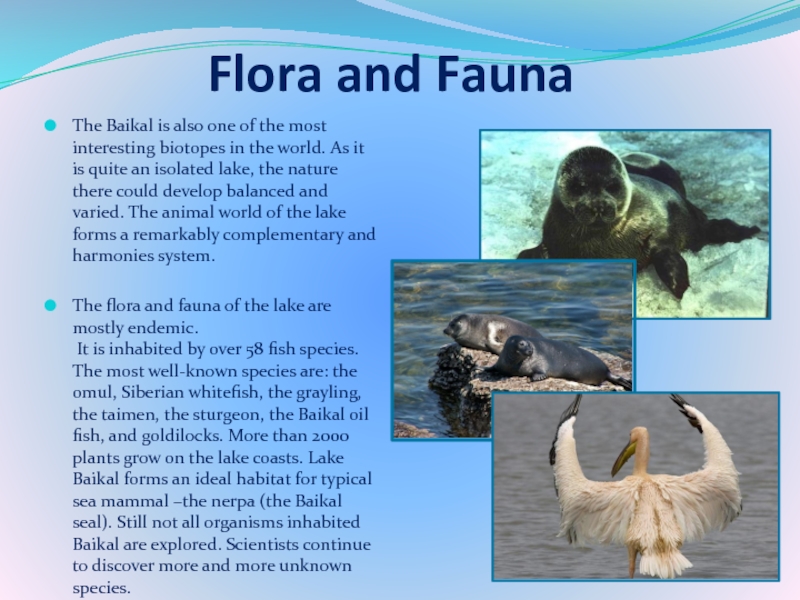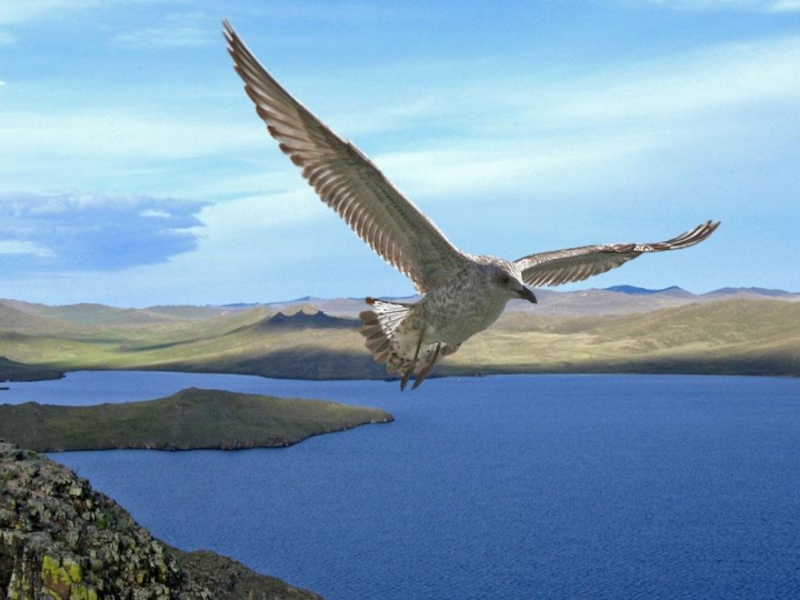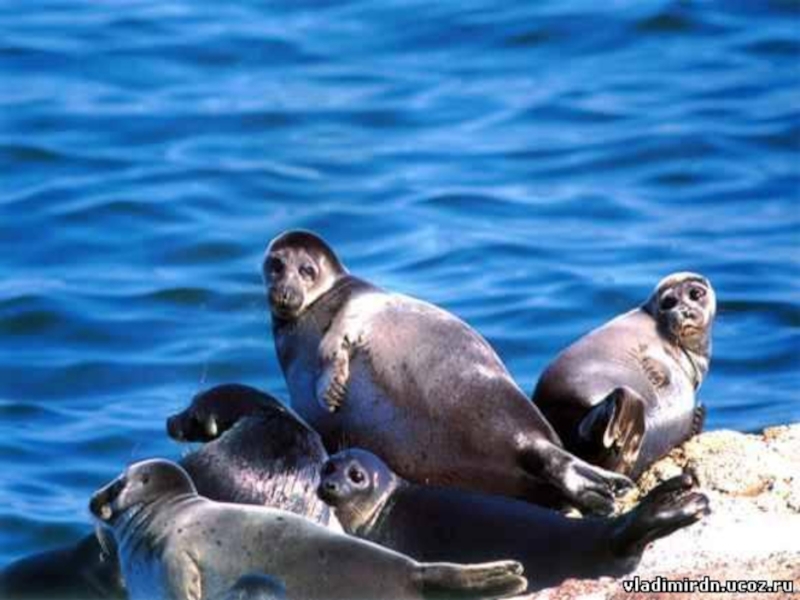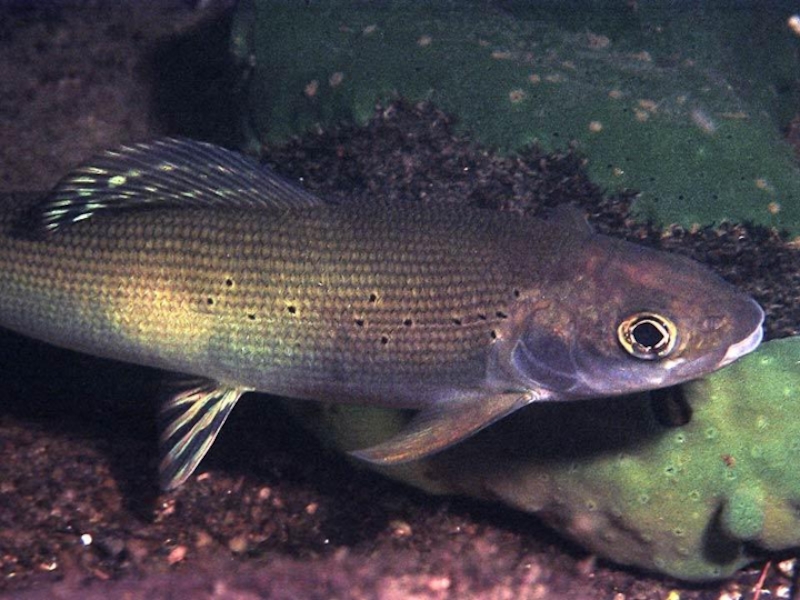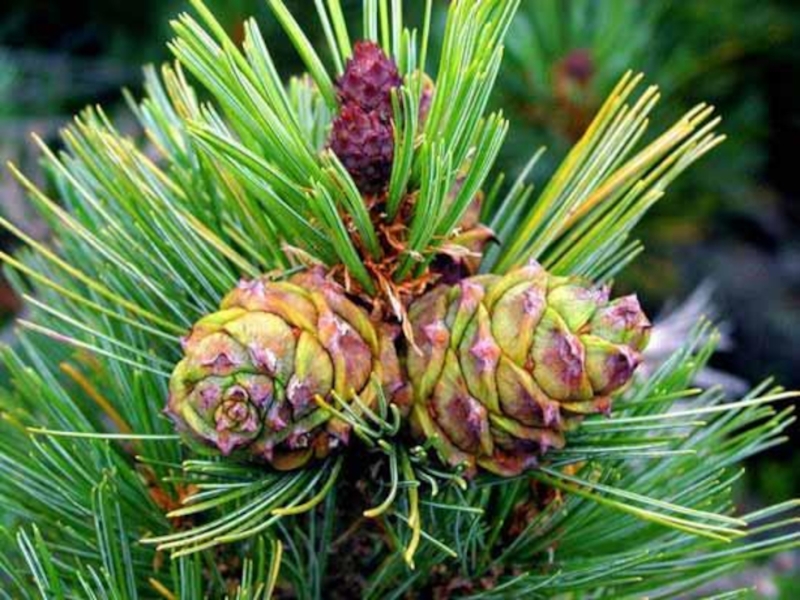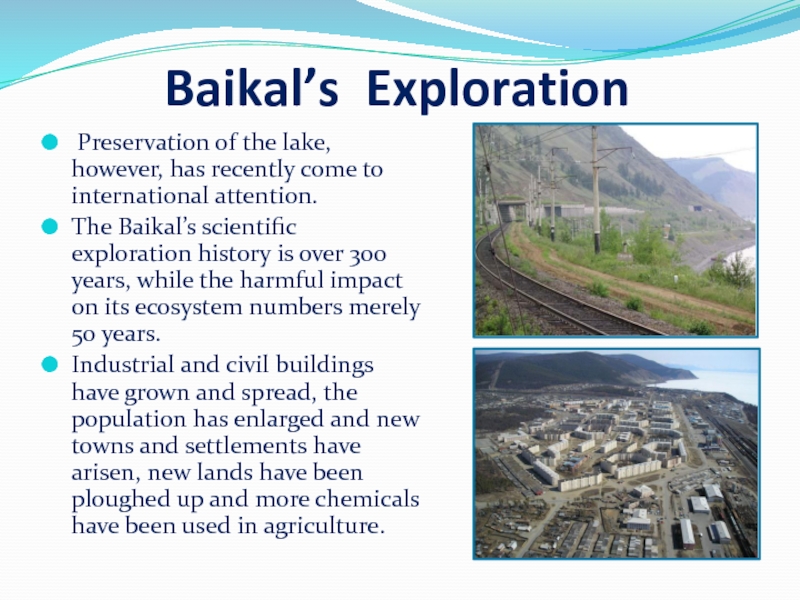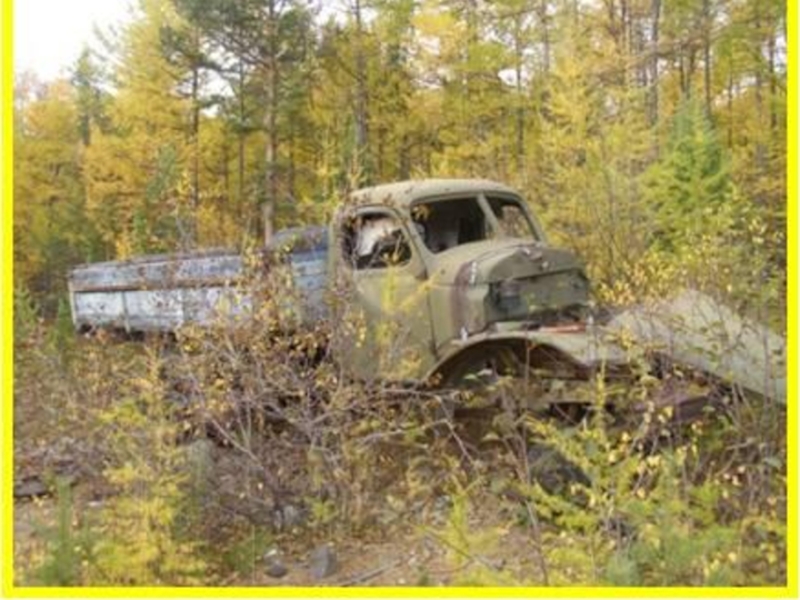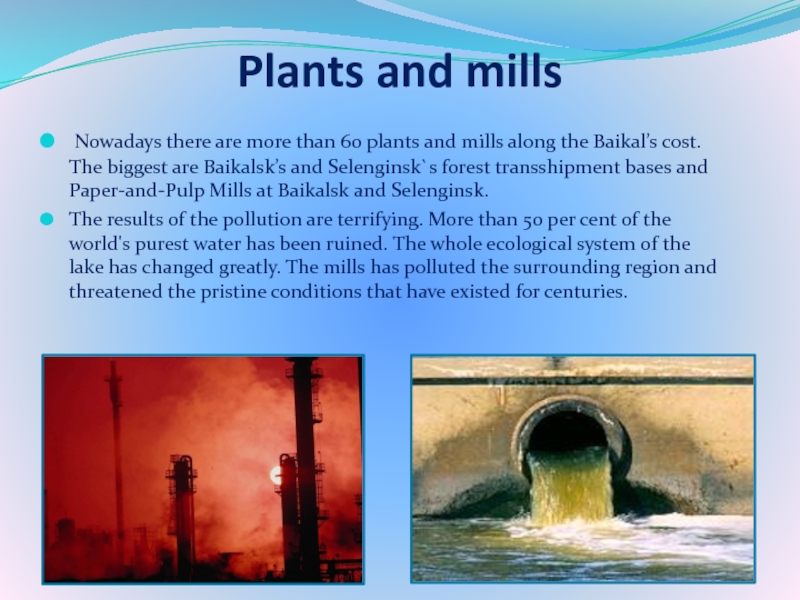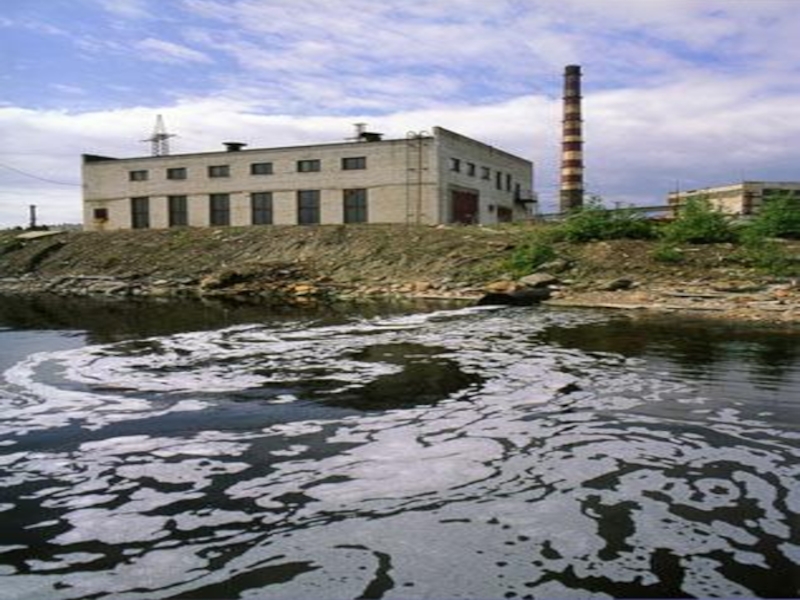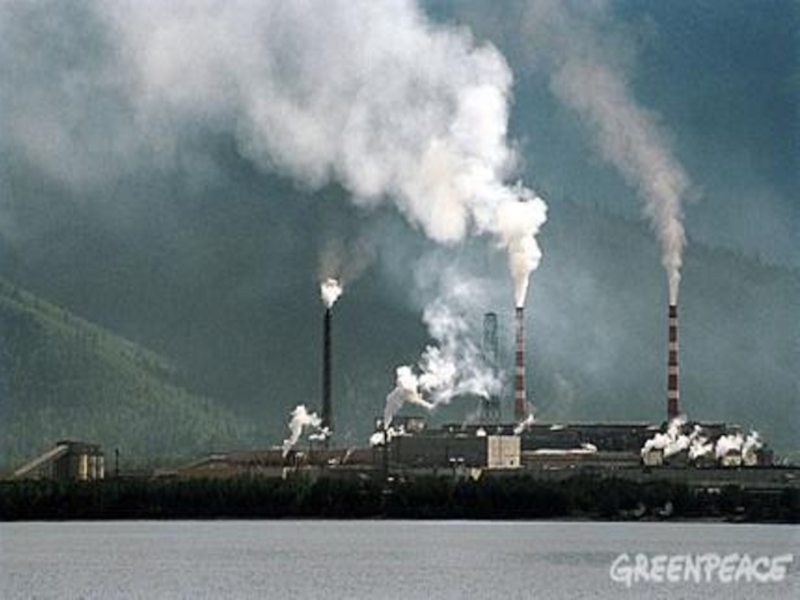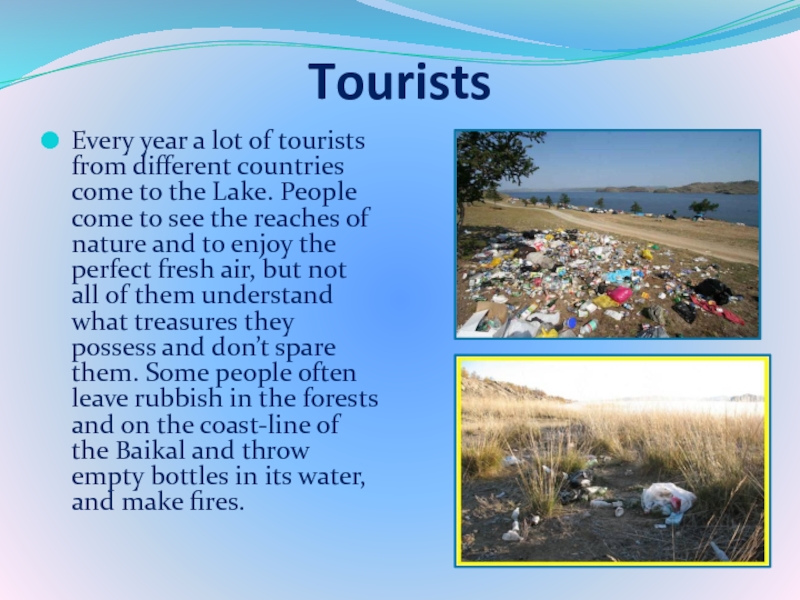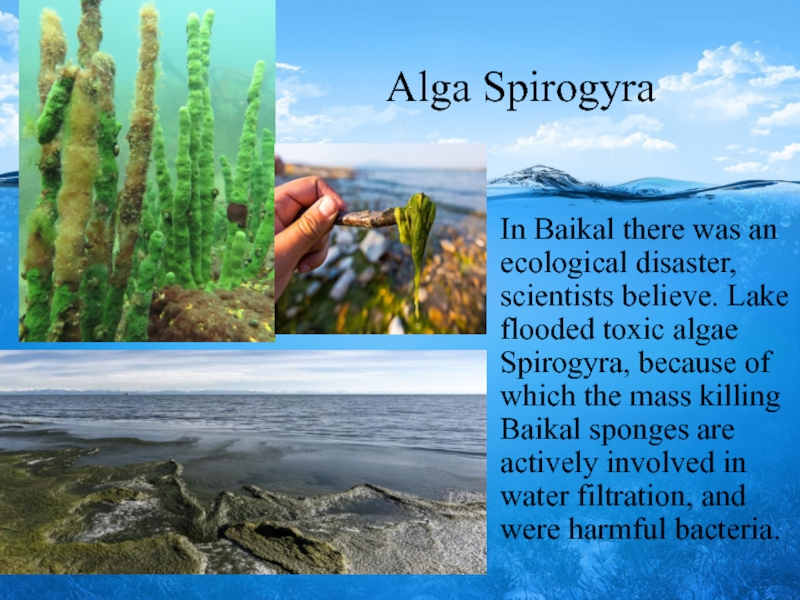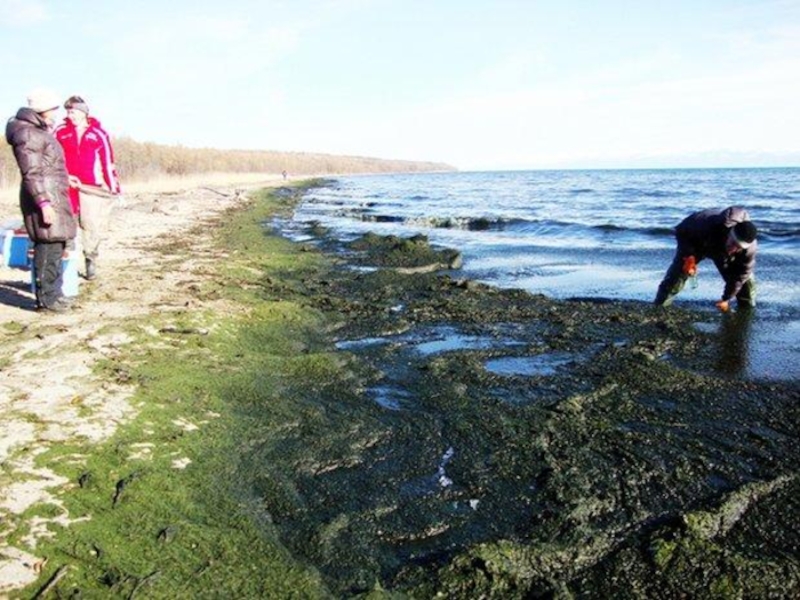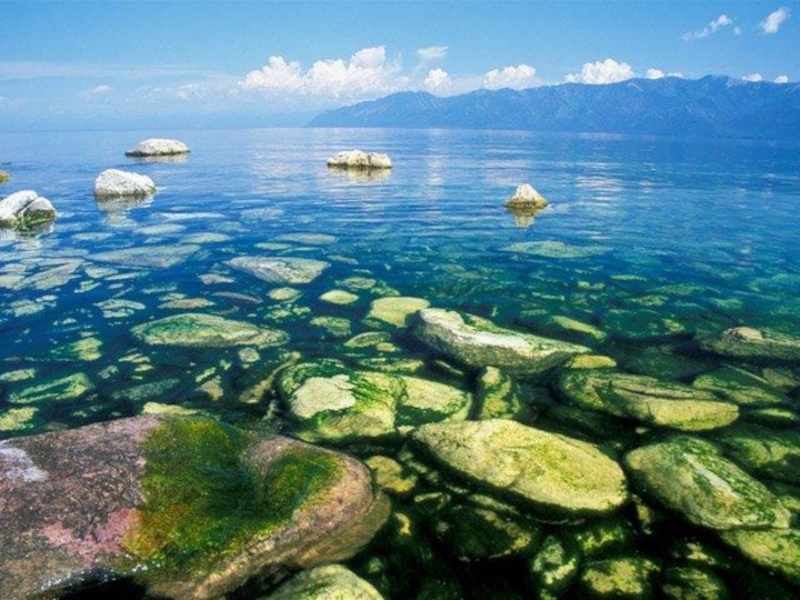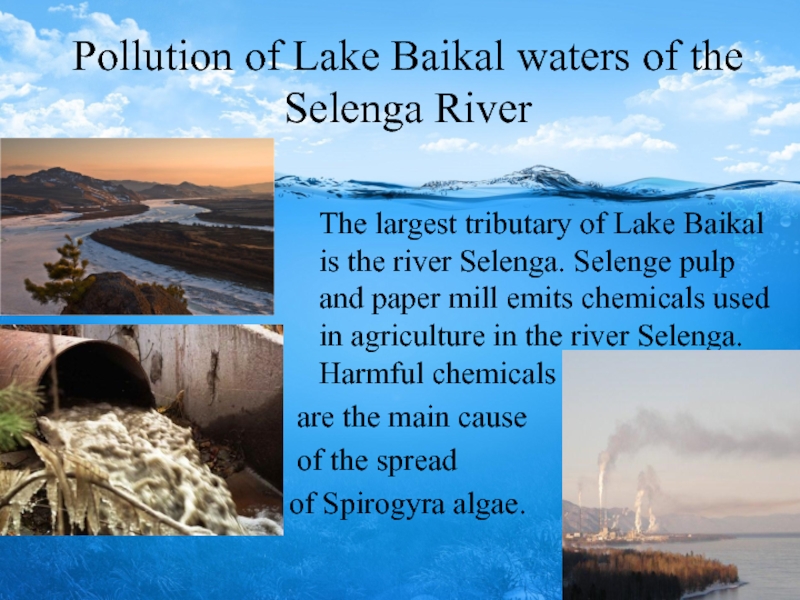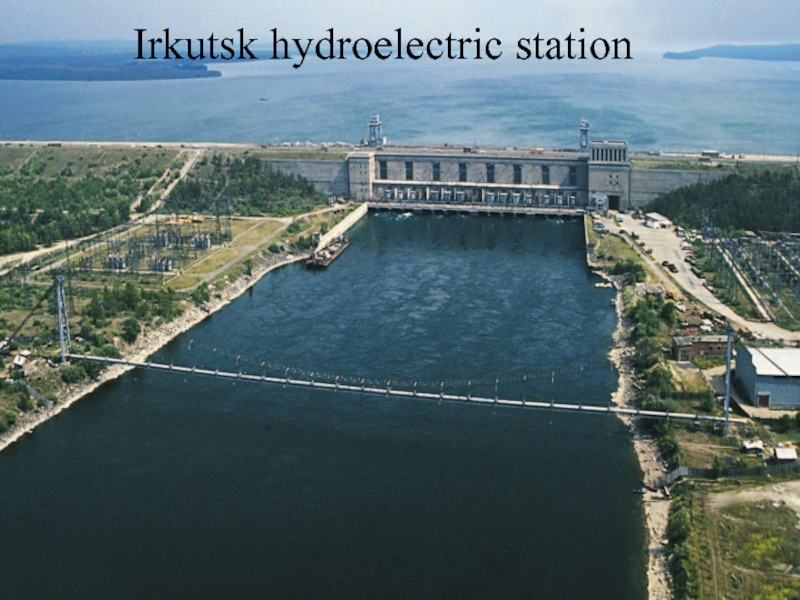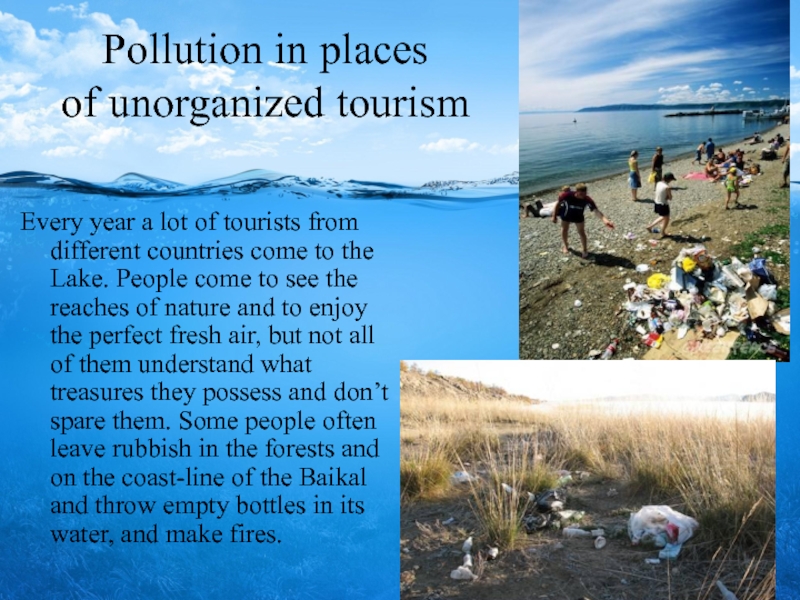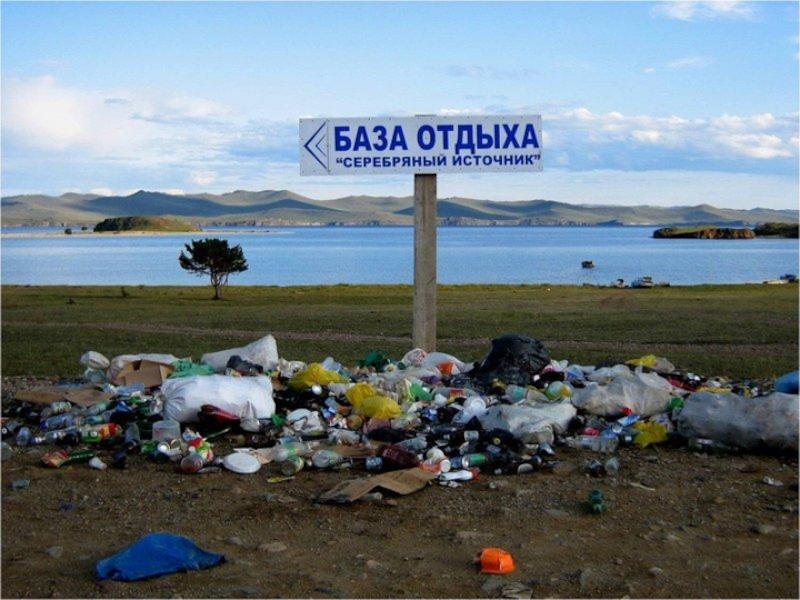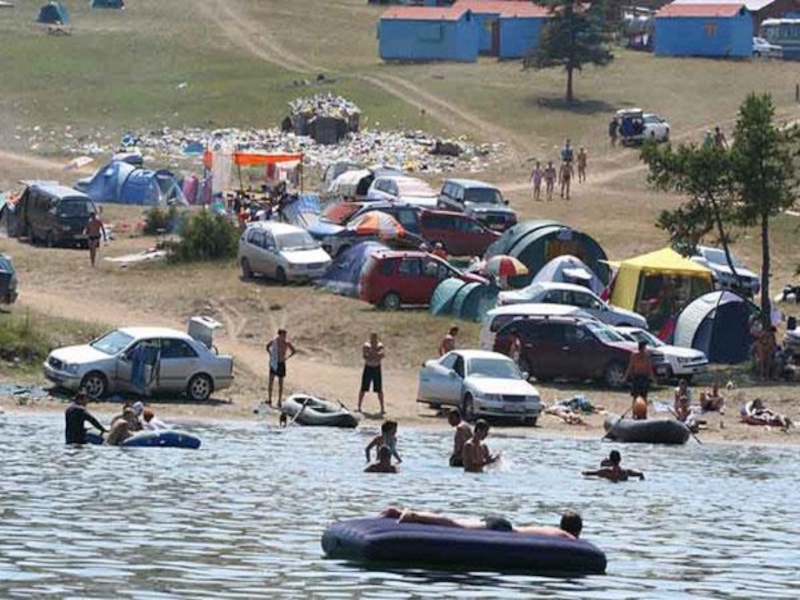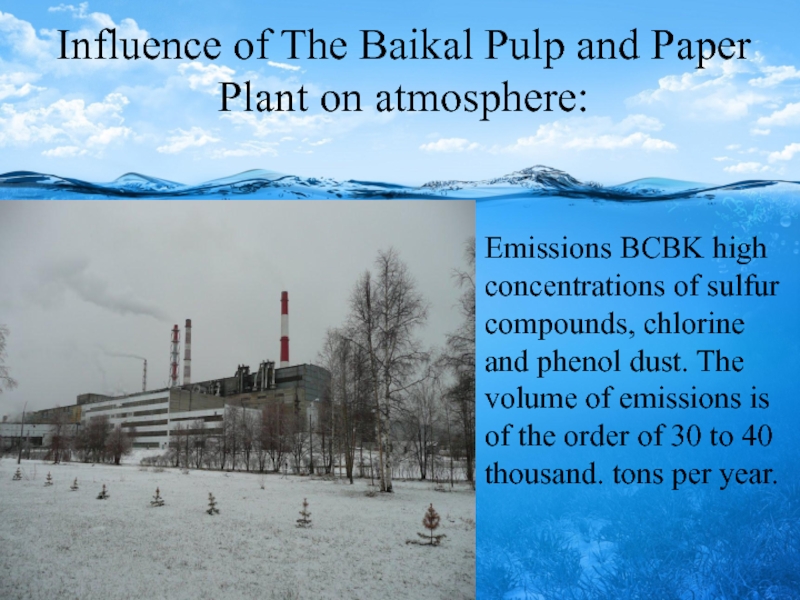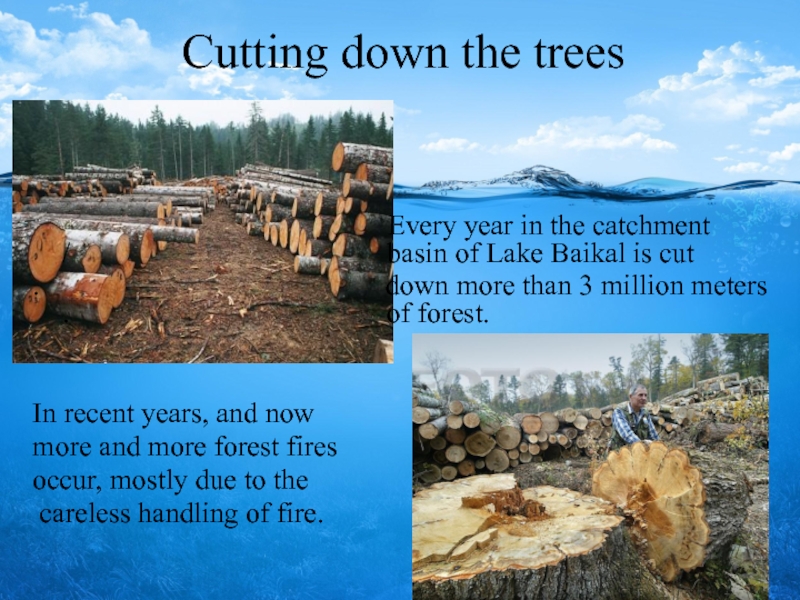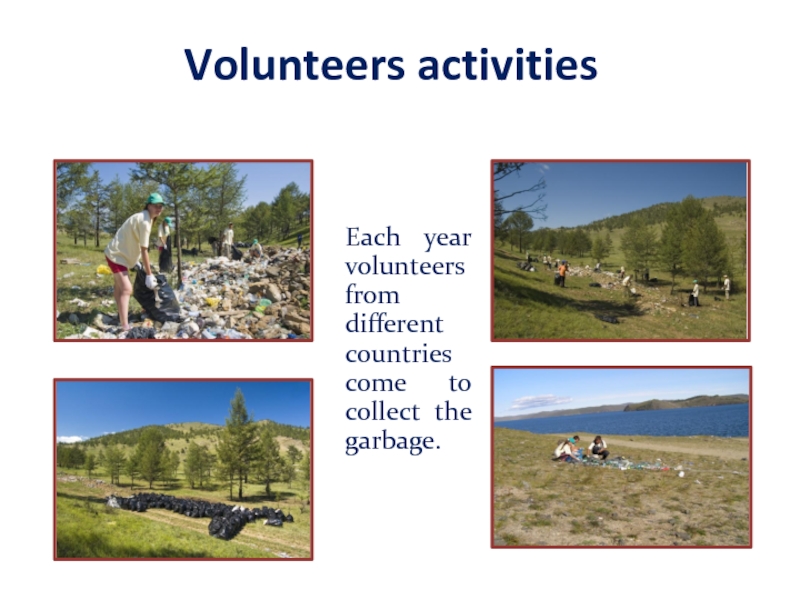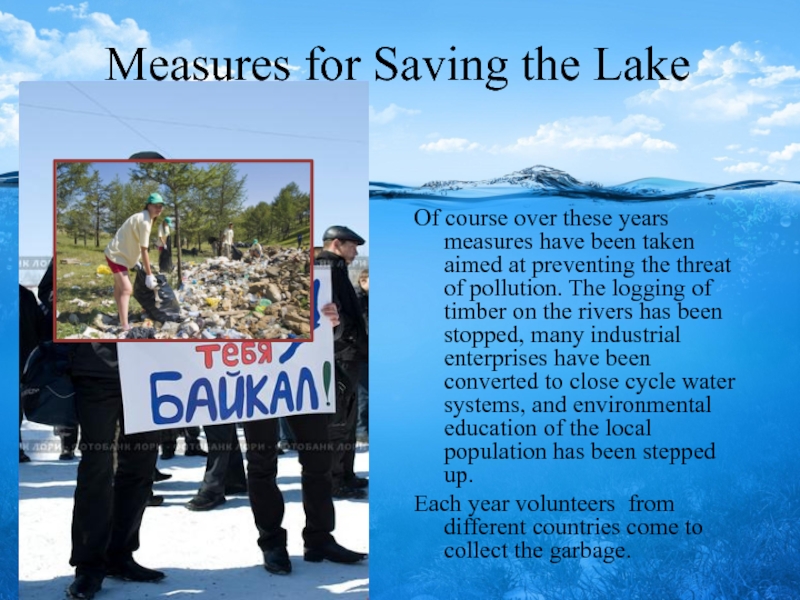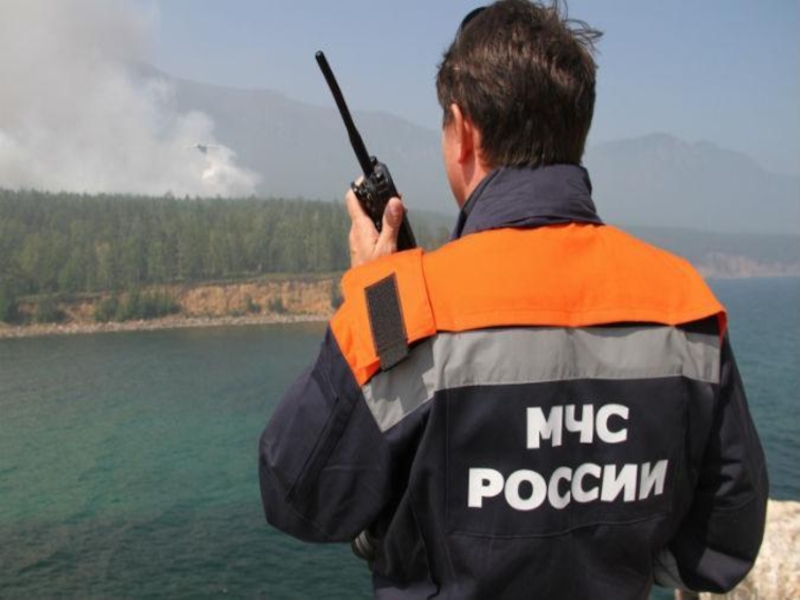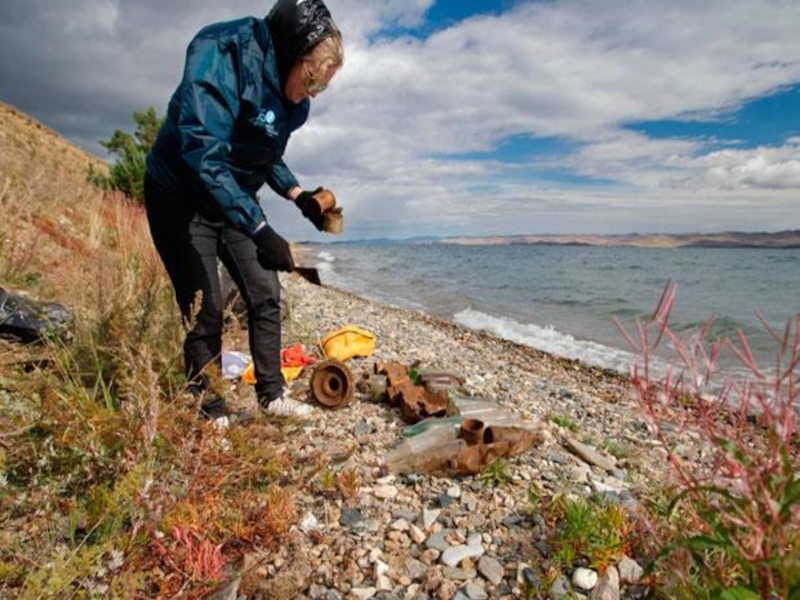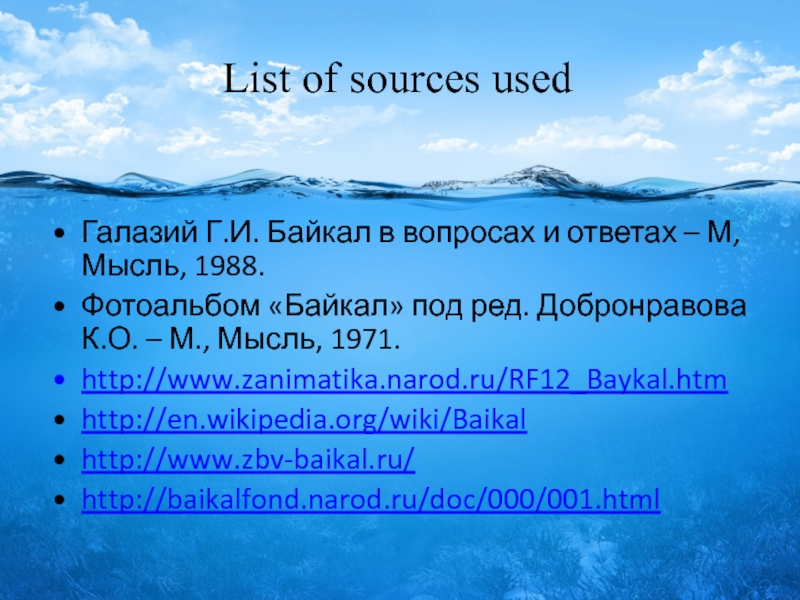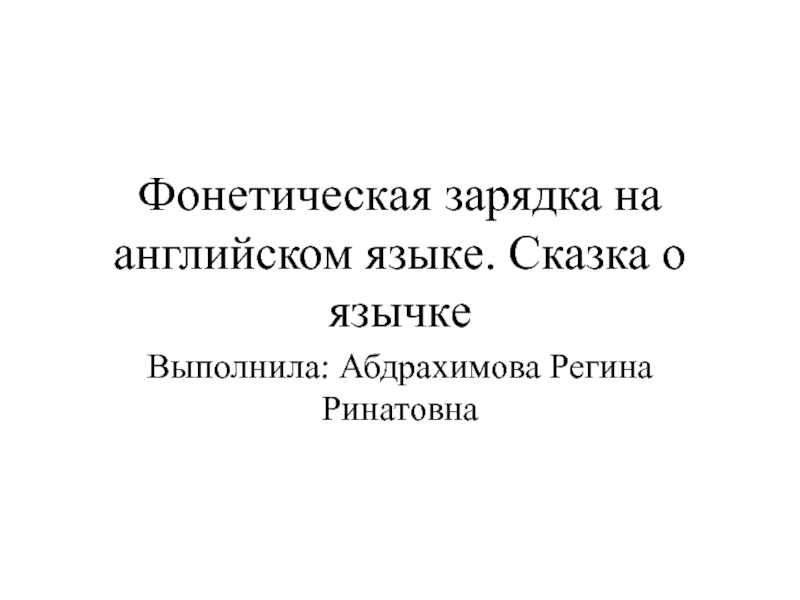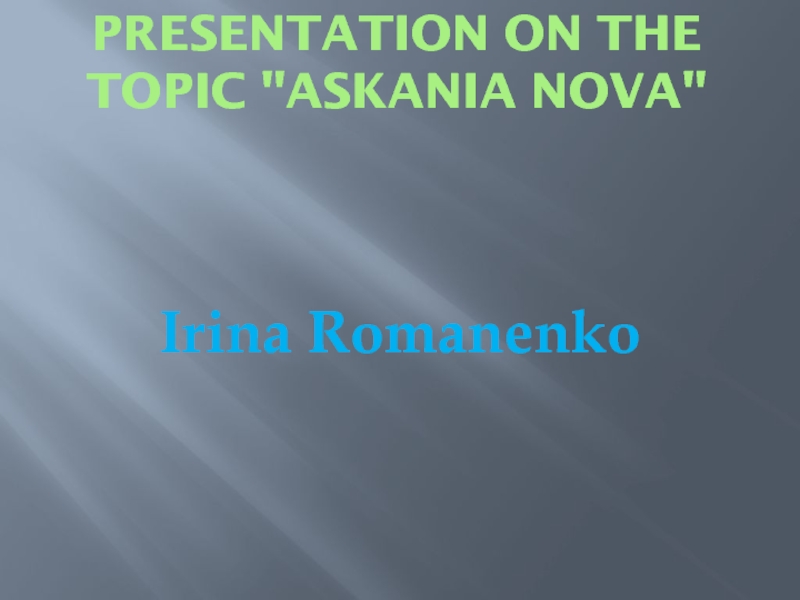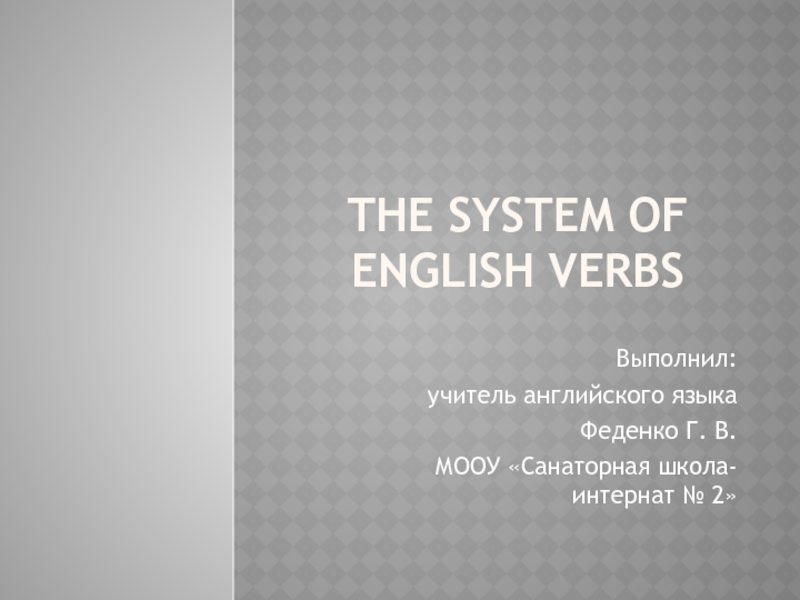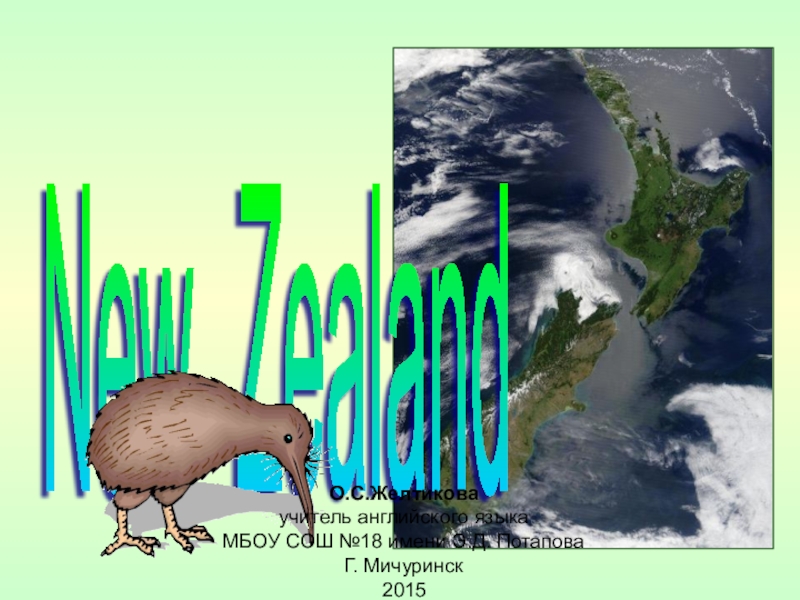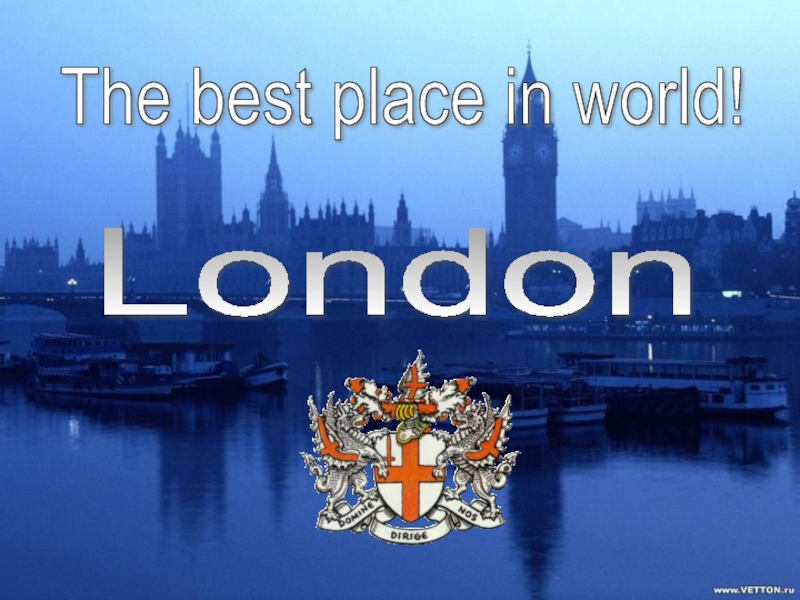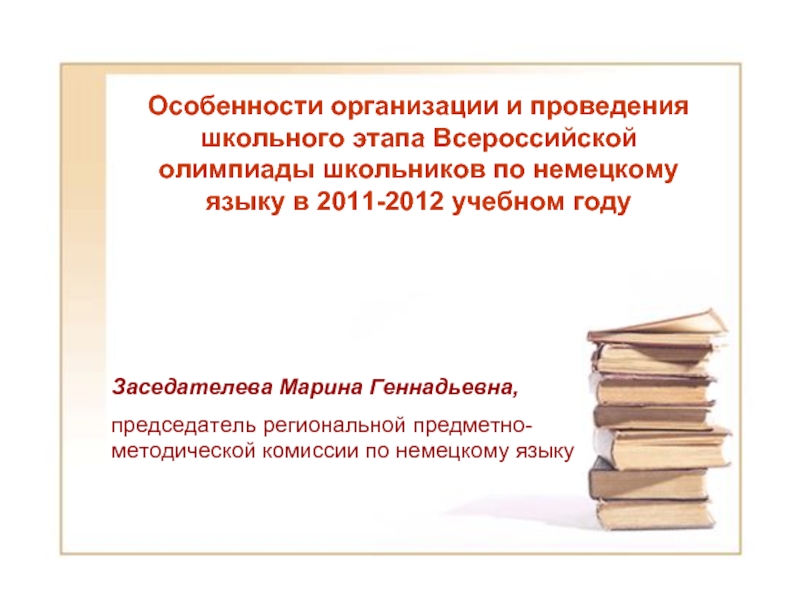Слайд 1
Unique Baikal
The presentation is prepared
by Moskvitina Margarita
Teacher Agapitova T. V.
Слайд 2Заповедное ожерелье Байкала.mp4
Слайд 3 About Baikal Lake
Lake Baikal is the world's oldest and
deepest lake. The amazing purity of its waters, huge territory
and deep make it the most famous and exiting lake in the world.
It lies in southern Siberia, almost in the center of Asia. Its watershed extends over the Mongolian border for 636 km. Its area is about 31,500 square kilometers and equal to the area of such countries as Belgium, Switzerland, Netherlands or Denmark. The coastline of Baikal is almost 2000 km long, which is equal to the distance from Arkhangelsk to Rostov. Lake Baikal contains one-fifth of the world's surface water resources, and four-fifth of fresh waters of Russia. Its basin could hold waters of all five American Great Lakes, which are 8 times bigger.
Слайд 4The Baikal is surrounded by mountain chains which are covered
with taiga lifting turned to bushes and mountain tundra. The
southern hills are generally unforested.
Слайд 5
There is a lot of sun on Lake Baikal.
The number of sunny days at its costs exceeds the
most of resorts on the Black Sea and some on the Mediterranean, for example Nice. In summer the temperature of the water doesn`t outreach the 15 degrees. Below 250 meters the temperature is stable and is about 3.5 degrees for the whole year. In January the Lake is fettered by the thick ice. But because of unusual purity you can look through the ice for more than 12 meters deep.
The lake is indeed old: clay samples taken in 1990 show that Lake Baikal is at least 30 million years old, that makes it the world's oldest known lake. The second old Lake Tanganyika in Africa is at least 500 thousand years younger. In earlier days the territory of the Baikal was a number of shallow lakes inhabited by heat-loving animals and plants. The coasts were covered by subtropical vegetation. The modern shape was formed about 1 million years ago. The process of basin formation is still going on, and sometimes there are earthquakes there.
Слайд 6More than 300 Siberian rivers fall into Lake Baikal and
only one flows out – the powerful and quick Angara
carrying its waters to the Yenisei. There are 22 islands in the Lake. The biggest one Olhon is 729 square km.
Слайд 7 The lake is revered by the Russian people as
a source of beauty and power.
Слайд 8Flora and Fauna
The Baikal is also one of the
most interesting biotopes in the world. As it is quite
an isolated lake, the nature there could develop balanced and varied. The animal world of the lake forms a remarkably complementary and harmonies system.
The flora and fauna of the lake are mostly endemic.
It is inhabited by over 58 fish species. The most well-known species are: the omul, Siberian whitefish, the grayling, the taimen, the sturgeon, the Baikal oil fish, and goldilocks. More than 2000 plants grow on the lake coasts. Lake Baikal forms an ideal habitat for typical sea mammal –the nerpa (the Baikal seal). Still not all organisms inhabited Baikal are explored. Scientists continue to discover more and more unknown species.
Слайд 13Baikal’s Exploration
Preservation of the lake, however, has recently come
to international attention.
The Baikal’s scientific exploration history is over 300
years, while the harmful impact on its ecosystem numbers merely 50 years.
Industrial and civil buildings have grown and spread, the population has enlarged and new towns and settlements have arisen, new lands have been ploughed up and more chemicals have been used in agriculture.
Слайд 15Plants and mills
Nowadays there are more than 60 plants
and mills along the Baikal’s cost. The biggest are Baikalsk’s
and Selenginsk`s forest transshipment bases and Paper-and-Pulp Mills at Baikalsk and Selenginsk.
The results of the pollution are terrifying. More than 50 per cent of the world's purest water has been ruined. The whole ecological system of the lake has changed greatly. The mills has polluted the surrounding region and threatened the pristine conditions that have existed for centuries.
Слайд 18Tourists
Every year a lot of tourists from different countries come
to the Lake. People come to see the reaches of
nature and to enjoy the perfect fresh air, but not all of them understand what treasures they possess and don’t spare them. Some people often leave rubbish in the forests and on the coast-line of the Baikal and throw empty bottles in its water, and make fires.
Слайд 20
Alga Spirogyra
In Baikal there was an ecological disaster, scientists believe.
Lake flooded toxic algae Spirogyra, because of which the mass
killing Baikal sponges are actively involved in water filtration, and were harmful bacteria.
Слайд 23
Pollution of Lake Baikal waters of the Selenga River
The largest
tributary of Lake Baikal is the river Selenga. Selenge pulp
and paper mill emits chemicals used in agriculture in the river Selenga.
Harmful chemicals
are the main cause
of the spread
of Spirogyra algae.
Слайд 24The consequences of the construction of the Irkutsk hydroelectric station
for Lake Baikal
After the construction of the Irkutsk hydroelectric dramatically
changed the water level on the lake, which causes great harm to the flora and fauna of Lake Baikal. With the rapid decline of the lake water level occurs dries spawning grounds of valuable fish species, eggs are killed.
Слайд 26Pollution in places
of unorganized tourism
Every year a lot of
tourists from different countries come to the Lake. People come
to see the reaches of nature and to enjoy the perfect fresh air, but not all of them understand what treasures they possess and don’t spare them. Some people often leave rubbish in the forests and on the coast-line of the Baikal and throw empty bottles in its water, and make fires.
Слайд 29
Influence of The Baikal Pulp and Paper Plant on atmosphere:
Emissions
BCBK high concentrations of sulfur compounds, chlorine and phenol dust.
The volume of emissions is of the order of 30 to 40 thousand. tons per year.
Слайд 30Cutting down the trees
Every year in the catchment / basin of Lake Baikal is cut
. down more than 3 million meters . of forest.
In recent years, and now
more and more forest fires
occur, mostly due to the
careless handling of fire.
Слайд 31Volunteers activities
Each year volunteers from different countries come to collect
the garbage.
Слайд 32Measures for Saving the Lake
Of course over these years measures
have been taken aimed at preventing the threat of pollution.
The logging of timber on the rivers has been stopped, many industrial enterprises have been converted to close cycle water systems, and environmental education of the local population has been stepped up.
Each year volunteers from different countries come to collect the garbage.
Слайд 35«If you don’t think about the future, you will not
have it»
John Golsworthy
Слайд 36
List of sources used
Галазий Г.И. Байкал в вопросах и ответах
– М, Мысль, 1988.
Фотоальбом «Байкал» под ред. Добронравова К.О.
– М., Мысль, 1971.
http://www.zanimatika.narod.ru/RF12_Baykal.htm
http://en.wikipedia.org/wiki/Baikal
http://www.zbv-baikal.ru/
http://baikalfond.narod.ru/doc/000/001.html
